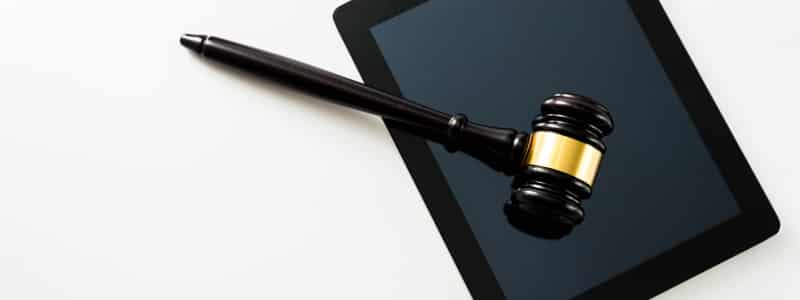The unique application of intellectual property rights includes the exclusive right to use and distribute your work. The rights that a creator may assert are copyright rules which are automatically assigned and three types of moral rights. As a creator, knowing which rights to use to adequately protect your work is important to the integrity and lifespan of its originality. This article will inform you of what the difference between copyright and moral rights are and how they can be effectively utilised.

Have exclusive rights to your brand and logo and safeguard your intellectual property
Your business is your own. Protect it today.
What is Copyright?
In Australia, copyright attaches automatically to eligible works. This means that there is no need for registration for copyright protection. It is important to be aware that copyright protection can only be applied once the work has been put into material form. For example, a creator cannot contest that a specific individual has used his idea if it has not been expressed in material form. Further, the work must be original. In simple terms, this means that the work must display the author’s unique skill and labour.
To understand how this intellectual property protection safeguards your work, you must know what works can be protected. Pursuant to Section 31 of Copyright Act 1968 (Cth), copyright protects works such as literary works, dramatic works, musical works and artistic works. Additionally, copyright has the ability to protect films, sound recordings, broadcasts and published editions.
What are Moral Rights?
In contrast, moral rights are most commonly referred to personal rights of the creator to enforce artistic integrity of his or her work. Moral rights are applied once the creator has completed the work in material form.
There are three main types of moral rights which a work can have:
Right of Attribution
This right includes the entitlement of the author to assert their authorship of the work. This can be done in any circumstance where the work is used, presented or distributed.
Right against False Attribution
This right is asserted when someone else is falsely known as the creator of the work. You have the right to hold infringing parties responsible.
Right against Derogatory Treatment
This right specifically protects how your work is presented to the general public. Any act which distorts, destroys, alters or mutilates your original work in a negative way will be contravening your rights.
What’s the Difference between Copyright and Moral Rights?
We’ve covered how each right protects your work, but there is one main difference that you must be aware of when seeking intellectual property protection. Copyright only intend to protect the economic rights of your work. On the other hand, moral rights seek to protect the reputation of you as an artist and creator.
You must consult a lawyer if you believe that someone has copyrighted your work or violated your moral rights as a creator. Alternatively, you can issue a cease and desist letter to effectively deal with copyright infringement.
Final Thoughts
In essence, the main difference between copyright and moral rights is the reputation and economic factors of a work. Being equipped with the knowledge of both rights will allow you to react quickly, efficiently and effectively to ensure that your work is preserved in its originality. That is why it is vital that you understand how each individual right is going to protect you and your work in all circumstances.




